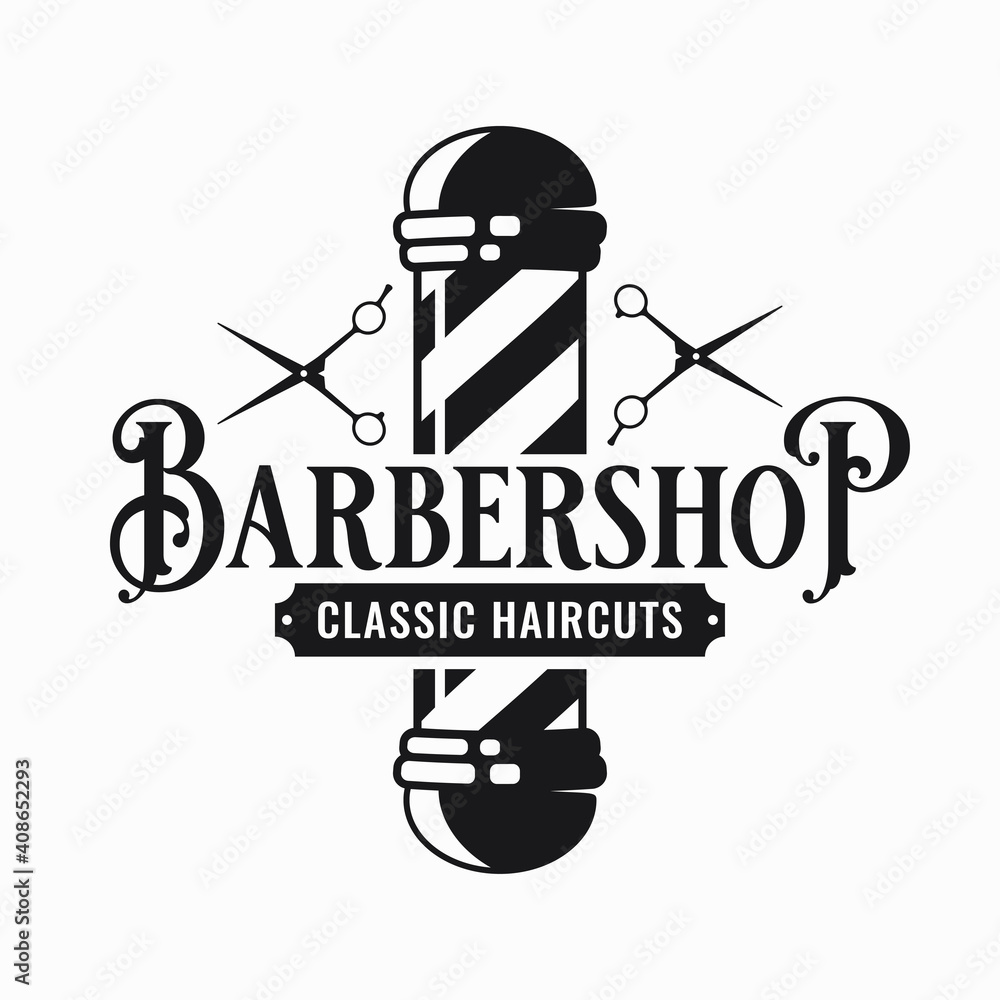Assuring Customer Health Through Efficient Safety and Safety Guidelines in the Hairdressing Field
Assuring Customer Health Through Efficient Safety and Safety Guidelines in the Hairdressing Field
Blog Article
This barbering industry plays a significant role in personal grooming and self-care. However, it is essential to prioritize the health and safety of both customers and barbers in this environment. Effective health and safety regulations are crucial for maintaining hygiene standards, preventing accidents, and ensuring a favorable interaction for all parties engaged. By adhering to these guidelines, professionals can establish a safe environment that encourages trust and ease among patrons.
A single critical aspect of health and safety in grooming is cleanliness. Barbers must adhere to rigorous cleaning protocols, including regular cleaning of equipment and stations. This involves disinfecting scissors, clippers, and brushes after every use to remove the possibility of spreading bacteria or contamination. Additionally, professionals should use sanitized gowns and towels for each client to maintain a hygienic setting. Implementing these practices not only safeguards clients but also enhances the credibility of the barbering establishment.
Another important requirement addresses the safe management of substances used in styling services. Items such as coloring agents, relaxers, and other styling agents can pose risks if not handled correctly. Barbers must follow protective guidelines for the storage and application of these chemicals to prevent dermal reactions or sensitivities among customers. Using protective gear and providing adequate ventilation during treatments are essential steps that barbers should implement to protect customer well-being while offering high-standard care.
Injury avoidance is also a key element of wellness and security requirements in grooming. Salons should be arranged with precaution in mind, reducing dangers such as wet surfaces or disorganized areas. Staff should be trained in emergency procedures, including how to handle cuts or burns that may occur during service. Providing medical supplies and confirming that all team how to style men's hair personnel know their placements is an effective way to anticipate unforeseen events. By emphasizing preventative actions, practitioners can maintain an atmosphere where patrons feel safe and well-attended.
Lastly, clear communication is click here for more essential to supporting customer safety in the grooming profession. Stylists should consult patrons about their preferences and any potential risks associated with the services offered. This includes reviewing allergies to products or previous adverse reactions experienced by clients. By fostering honest communication, barbers can build trust with their clients while ensuring that they receive personalized care aligned with their individual needs. In the end, prioritizing health and safety standards will result in enhanced customer experience and a thriving barbering business.